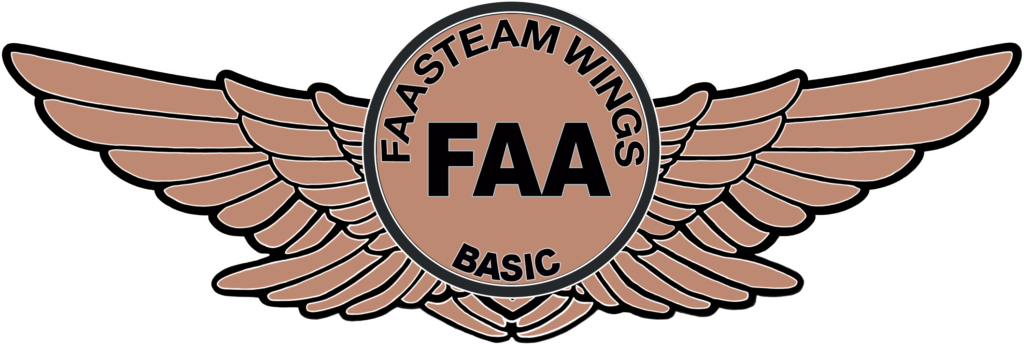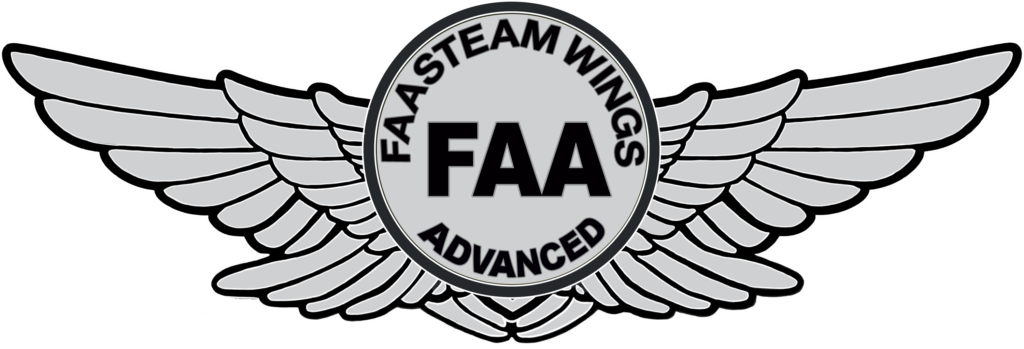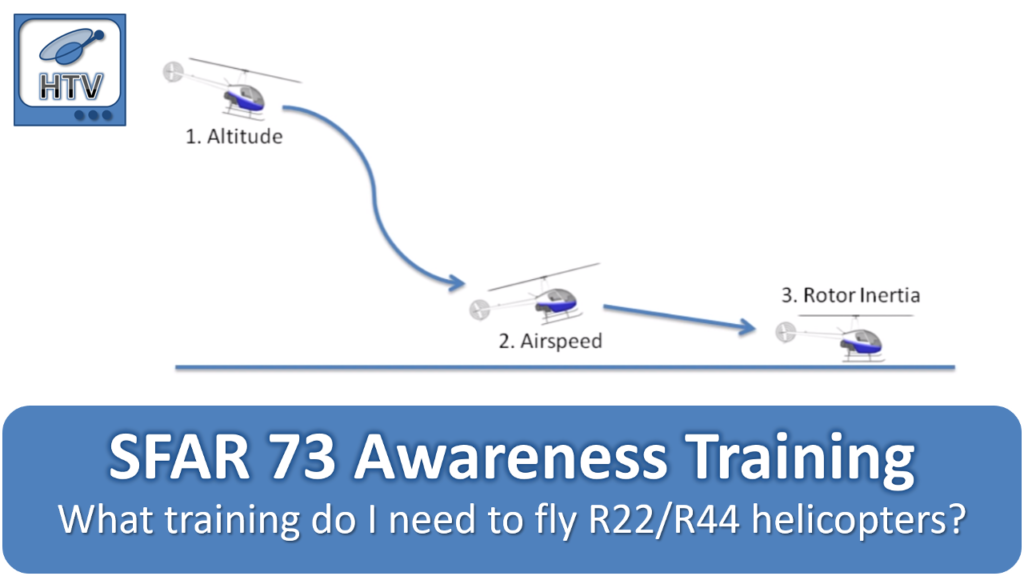- Watch the SFAR 73 Ground Training (previously known as Awareness Training) video
- [Optional] Watch the SFAR 73 Changes 2024 video
- Take the SFAR 73 Ground Training Quiz below (enter your email for FAA WINGS credit)
CHANGES August 22nd, 2024
SFAR 73 changed August 22nd 2024!
Learn about all the changes to SFAR 73 affecting Robinson R22 and R44 helicopters – enhanced autorotations, low-g flight training, blade stall and more. Also, goodbye to GELL, hello to GIML!….(Let me know your thoughts in the comments below). Make sure you are up to date on all the changes by reading this SFAR 73 Changes 2024 article or watch the video below.
This page will also be updated to reflect the changes.
SFAR 73 Ground Training Video
If you haven’t already, check out the SFAR 73 Awareness Training video and then try the SFAR 73 Ground Training Quiz below:
SFAR 73 Ground Training Quiz
DISCLAIMER – make sure you are fully informed on the latest regulations and their application.
For official guidance on laws and regulations, refer to your Certified Flight Instructor (CFI) or local Flight Standards District Office (FSDO) . Helicopter Training Videos aims to promote aviation knowledge and safety but makes no guarantees regarding accuracy or legal applications.
More Info
- See our SFAR 73 Changes 2024 video and article
- Read our SFAR 73 Explained article
- See our How to Mark-Up SFAR 73 in the FAR/AIM video
- Robinson SFAR 73 Website
- SFAR 73 regulation in full
- FAA WINGS Program
Feedback
Was the quiz helpful? Was anything unclear or appear incorrect? Use the contact form here, and thanks for your feedback.






